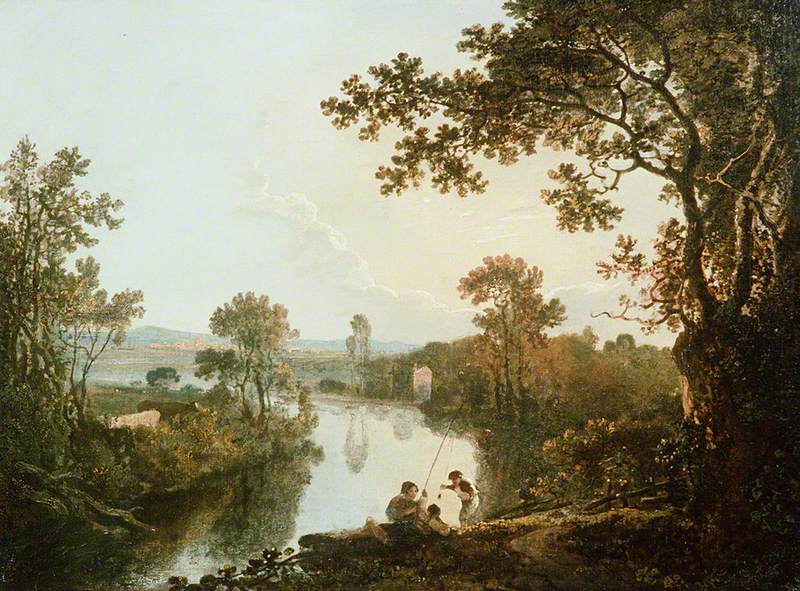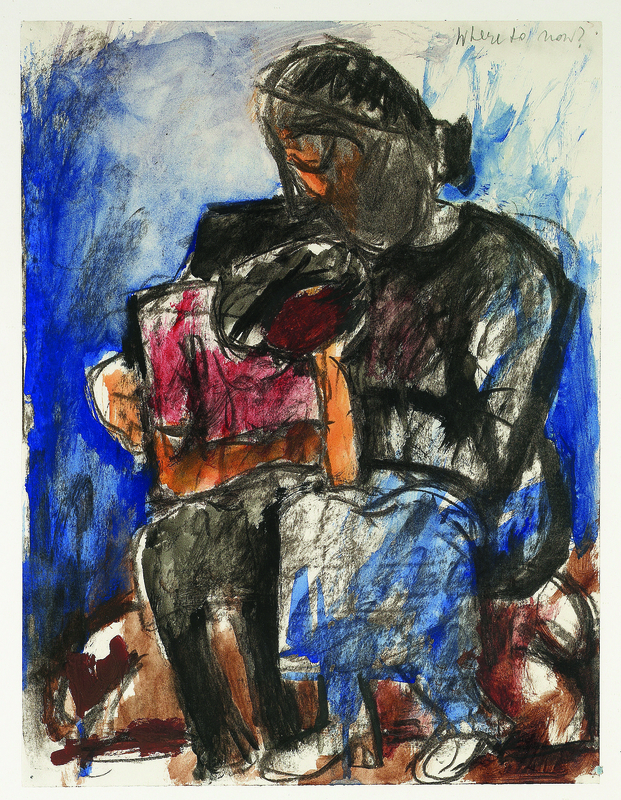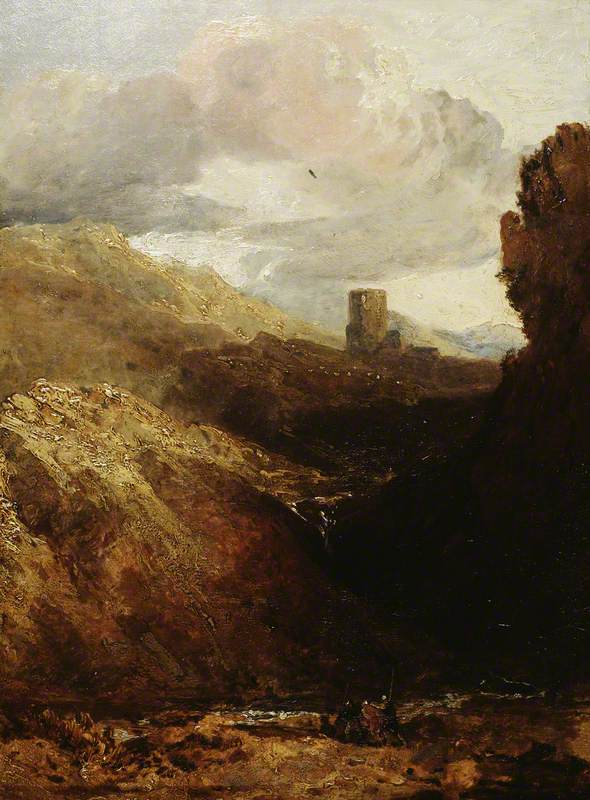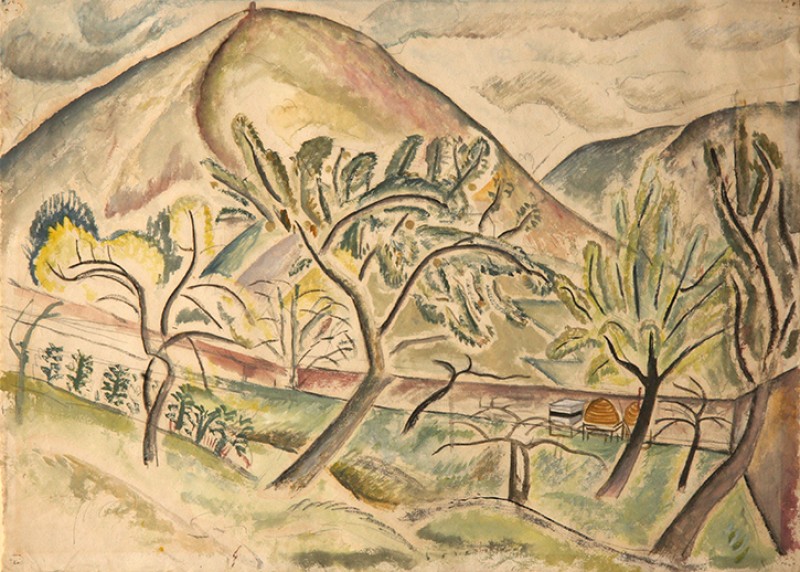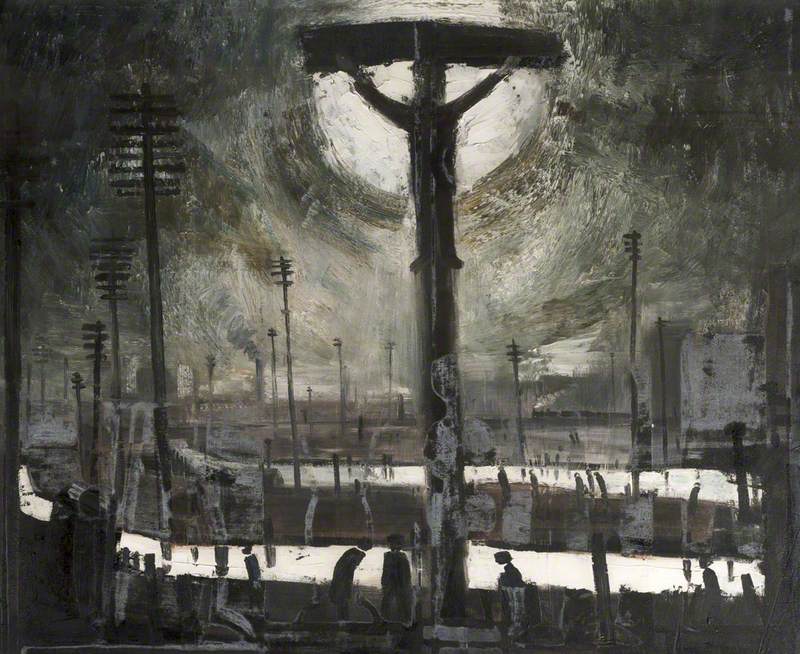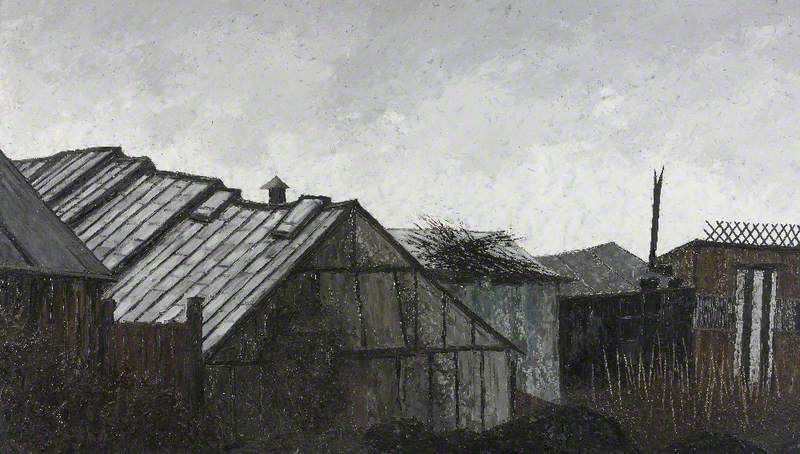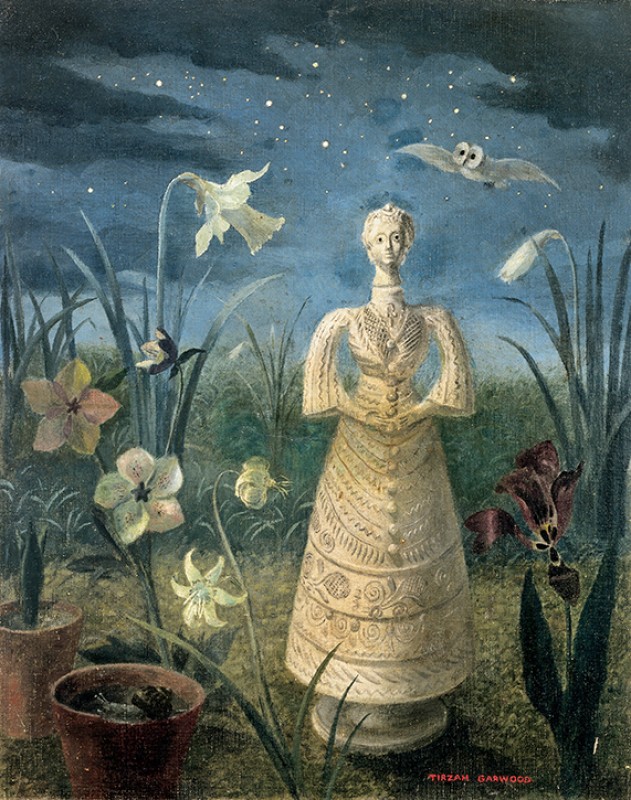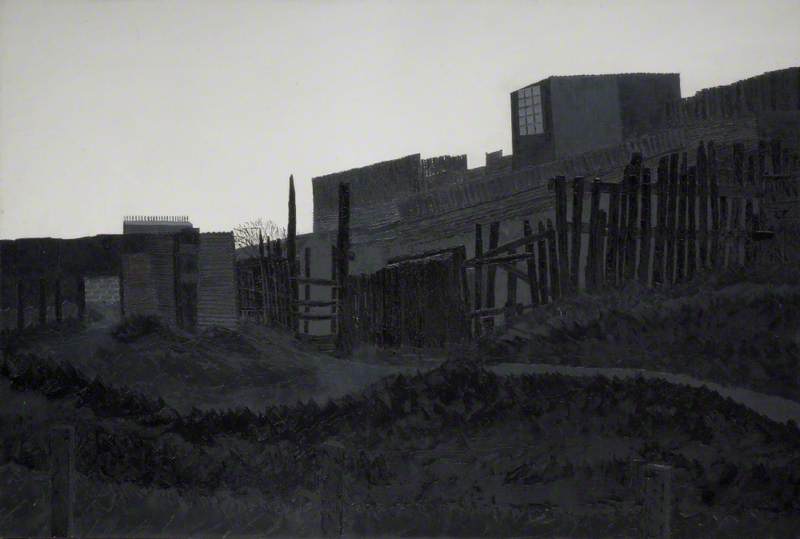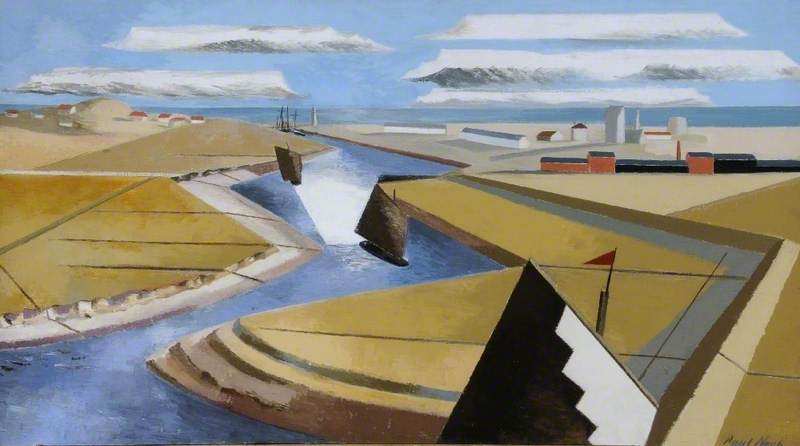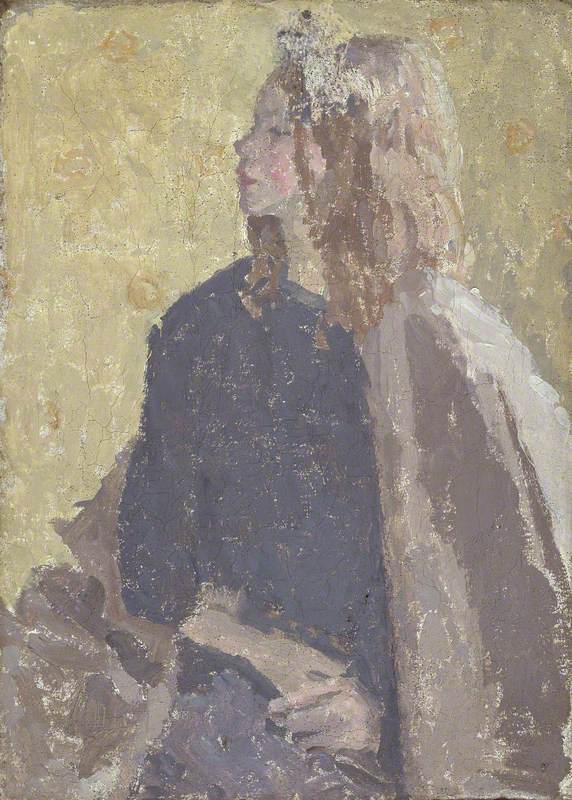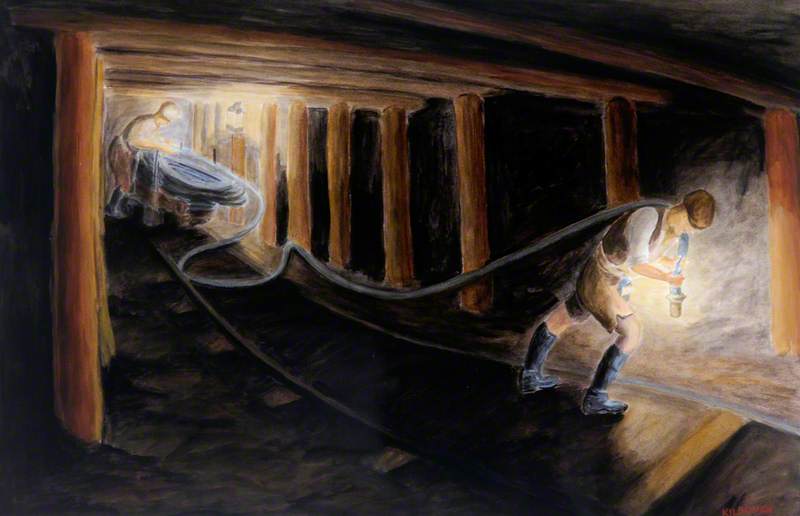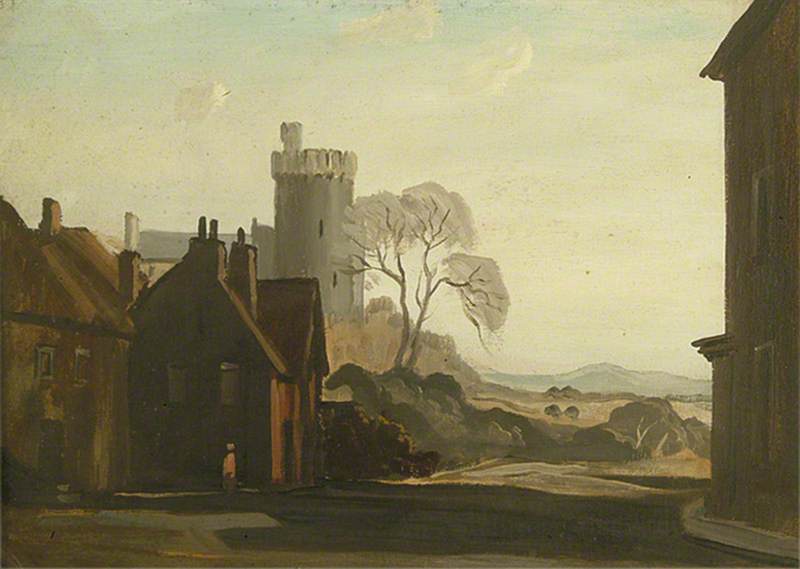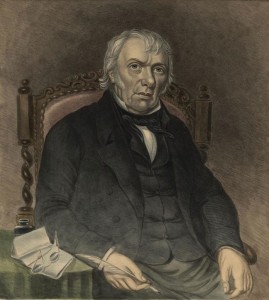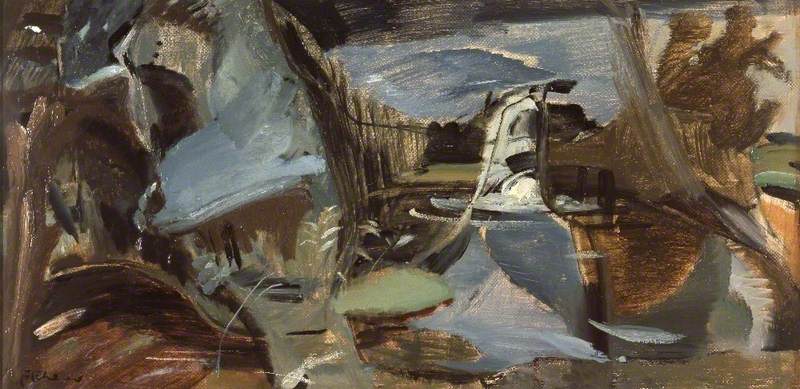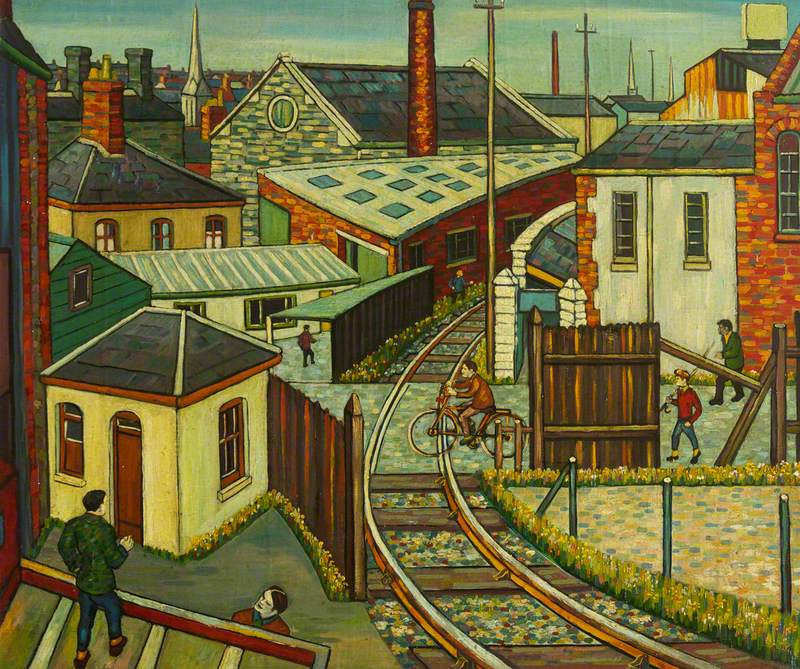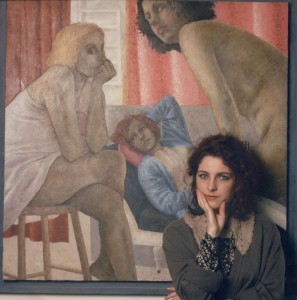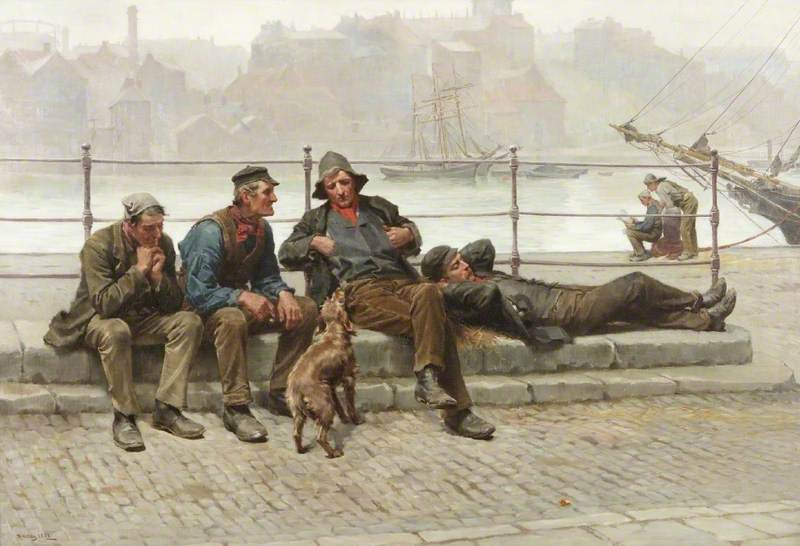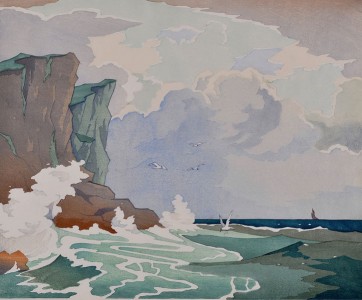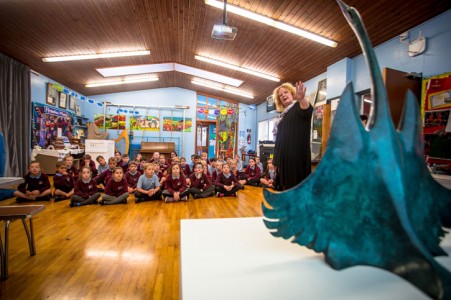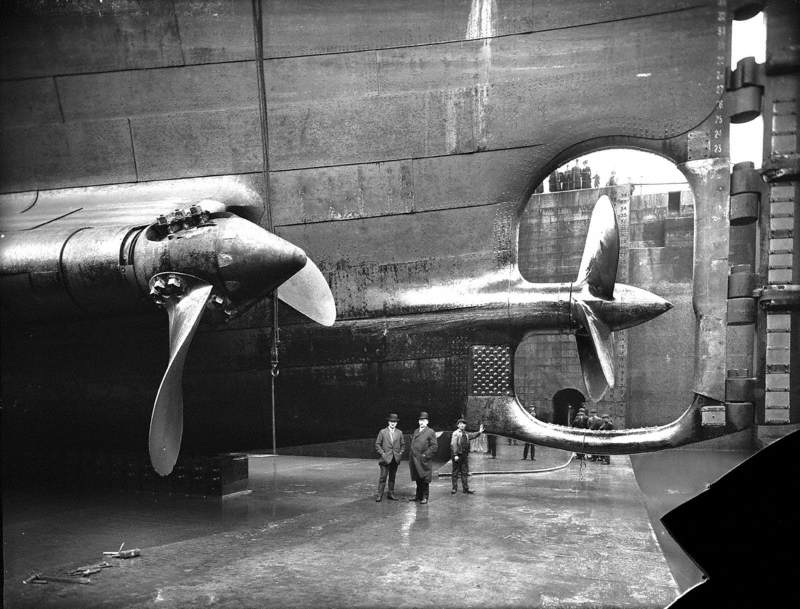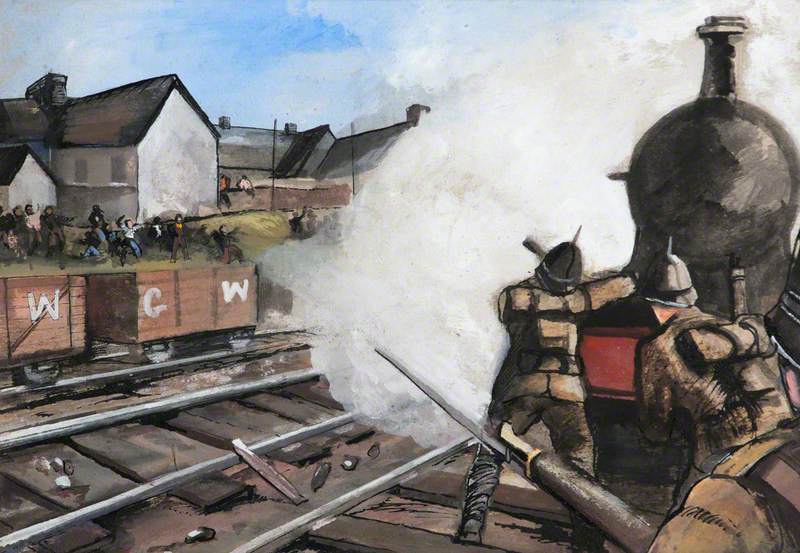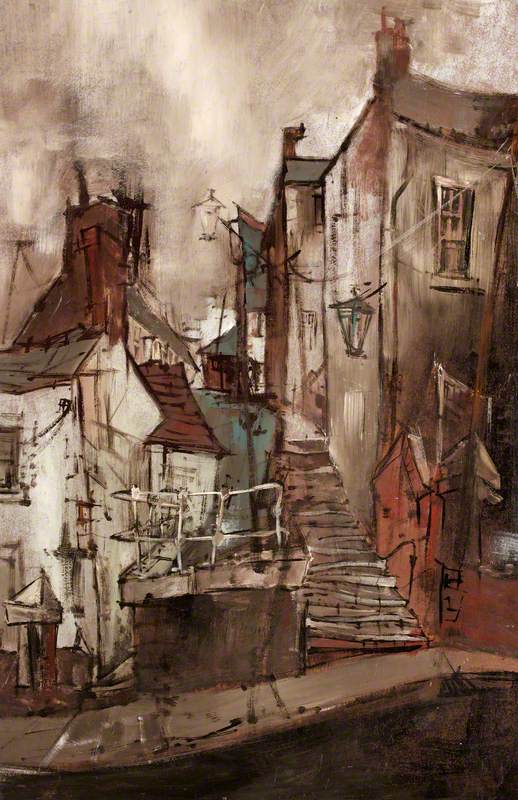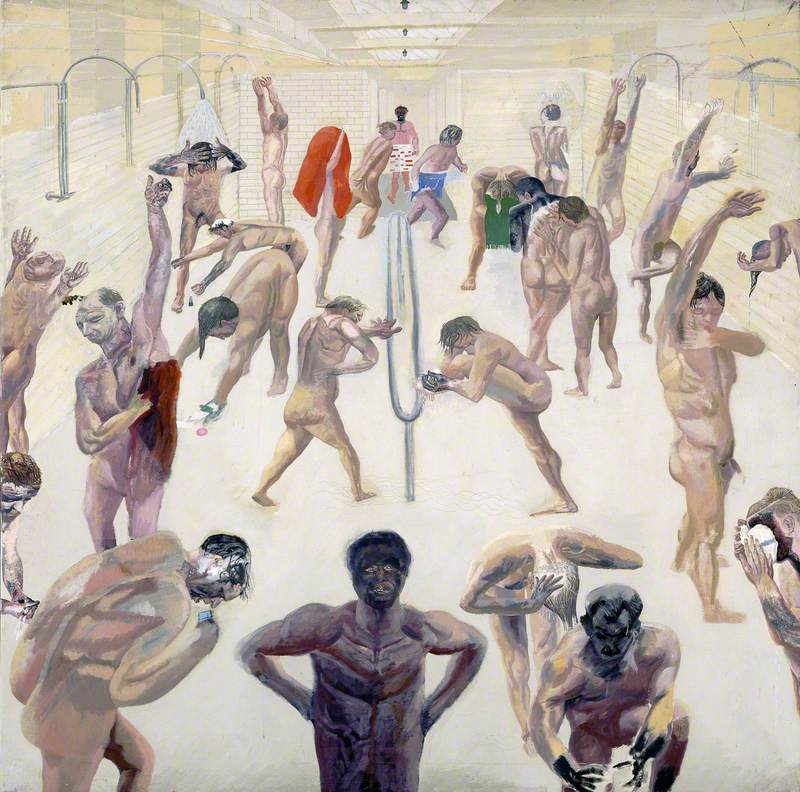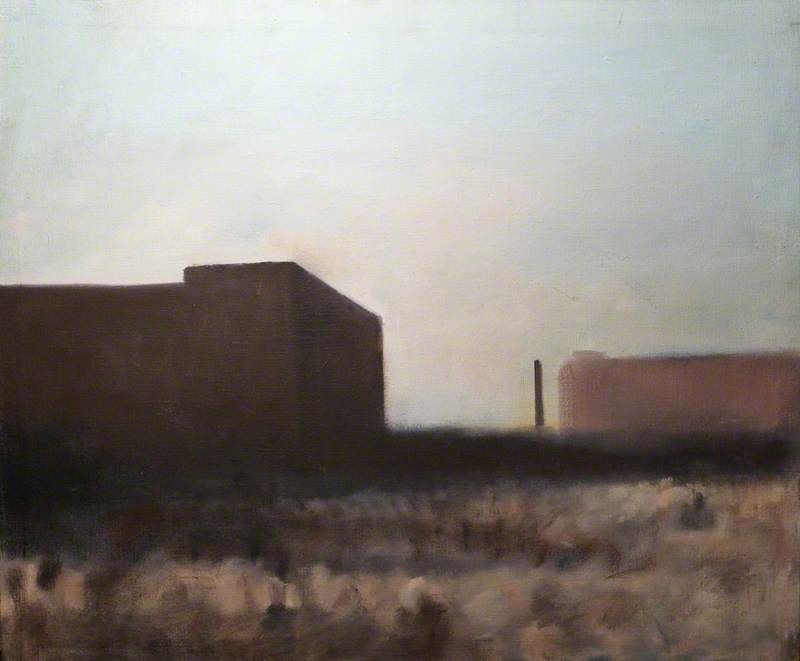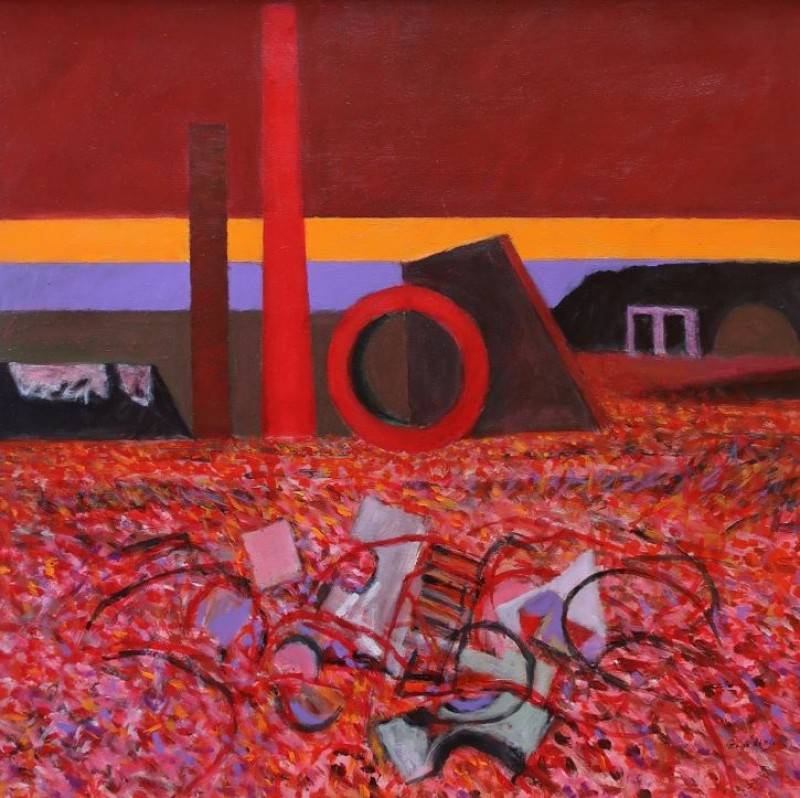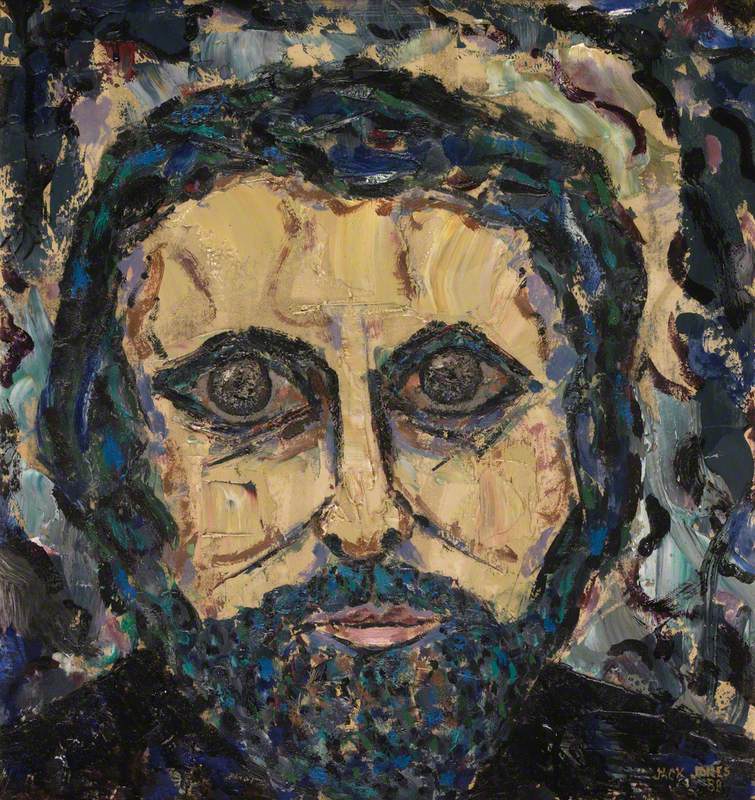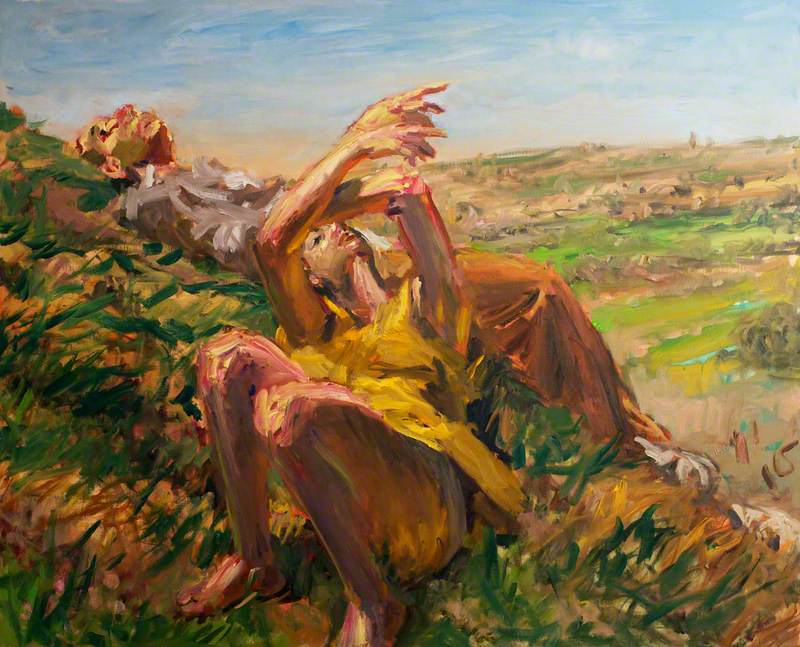Within the collection of The National Library of Wales are three little-known landscapes by writer and artist Robert Morgan (1921–1994). Set in the background of each are rolling hills, with mining equipment towering over uniform white buildings to the foreground. They capture the essence of a mid-century Welsh mining town, but are also autobiographical tableaus from Morgan's life.
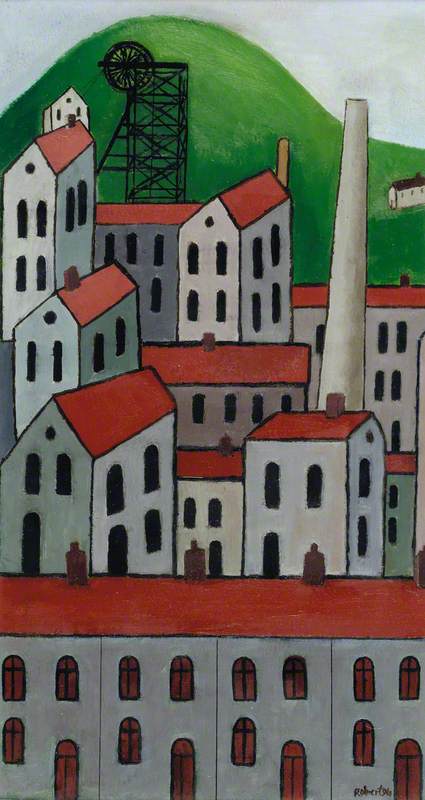
© the artist's estate. Image credit: Llyfrgell Genedlaethol Cymru / The National Library of Wales
Robert Morgan (1921–1994)
Llyfrgell Genedlaethol Cymru / The National Library of WalesBorn into a mining family in 1921, Morgan would enter this line of work himself at the age of fourteen and work in the Aberdare Valley colliery until age 26. Though he left the mines to pursue studies in English Literature and History at Fircroft College, allusions to mining would be a recurring motif in his work.

Image credit: courtesy of Allison Macklin
Mining tools
'Whilst in Wales dad would try and source tools he had used in his work as a coal miner so he could paint them and use them in his talks to school children,' says Allison Macklin, one of Morgan's two daughters. 'Everybody seemed to know Dad and we would spend mornings in the local coffee shop having drinks and ice cream chatting to coal miners dad had worked with and local people who knew of his art and poetry. Although the mines are no longer there and the landscape has returned to a lush green of times past, the work is no longer there; the poverty and deprivation is sad to see. Dad wanted to be remembered as a chronicler of the mining industry.'
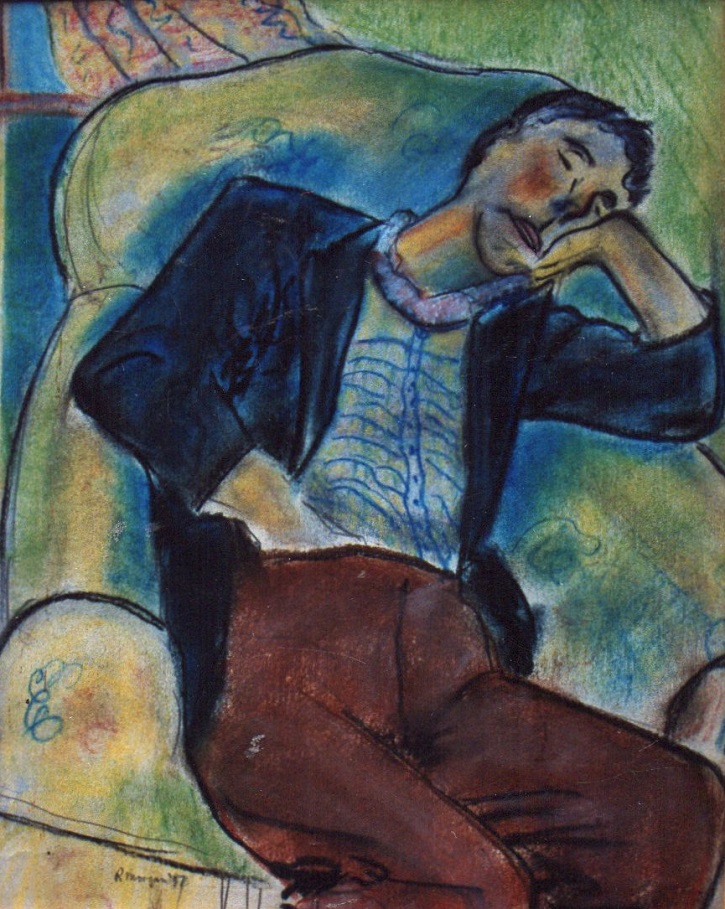
© the artist's estate. Image credit: courtesy of Allison Macklin
Artwork by Robert Morgan (1921–1994)
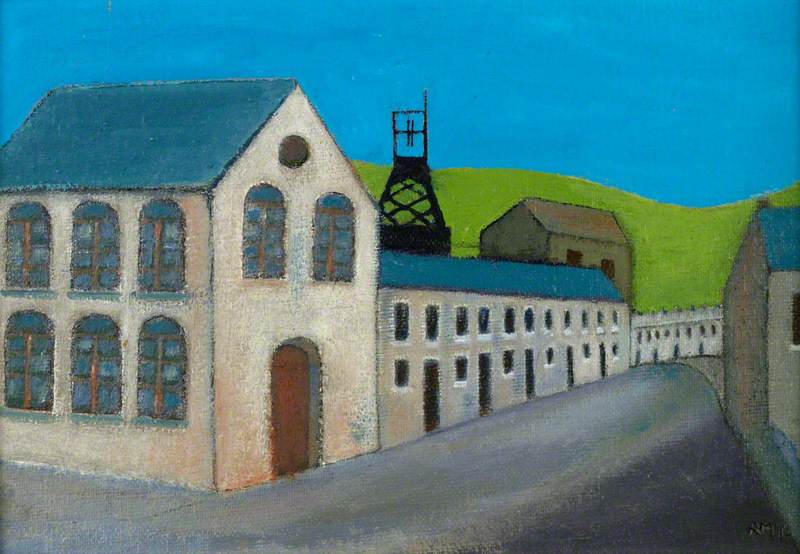
© the artist's estate. Image credit: Llyfrgell Genedlaethol Cymru / The National Library of Wales
Robert Morgan (1921–1994)
Llyfrgell Genedlaethol Cymru / The National Library of WalesMorgan's first love was writing and he showed an early aptitude for it; prior to enrolling in college, he'd won a short story competition and published several pieces. His oeuvre would grow to include the visual arts, but writing remained a constant throughout his life. He published poetry, short stories, novels and plays. His talent was such that a documentary about his writings and paintings aired on Southern Television in 1964 and his radio play 'Rainbow Valley' aired on BBC Third Programme in 1967.
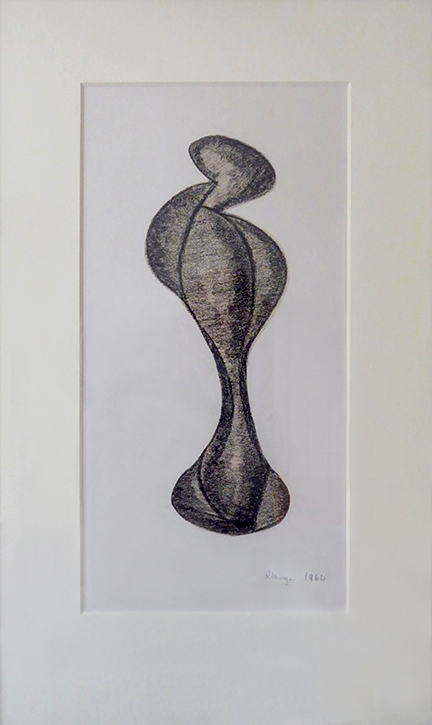
© the artist's estate. Image credit: courtesy of Allison Macklin
Artwork by Robert Morgan (1921–1994)
In 1951, he moved to Bognor Regis to train as a teacher and at this time began to actively cultivate his interest in art. He'd previously spent one afternoon per week drawing while he attended Fircroft College, but it was during his time living near the seaside that he acquired studio space and carved out more time for his art practice. He was validated in his efforts with several solo exhibitions across the UK, including an exhibition in London's Mermaid Theatre.
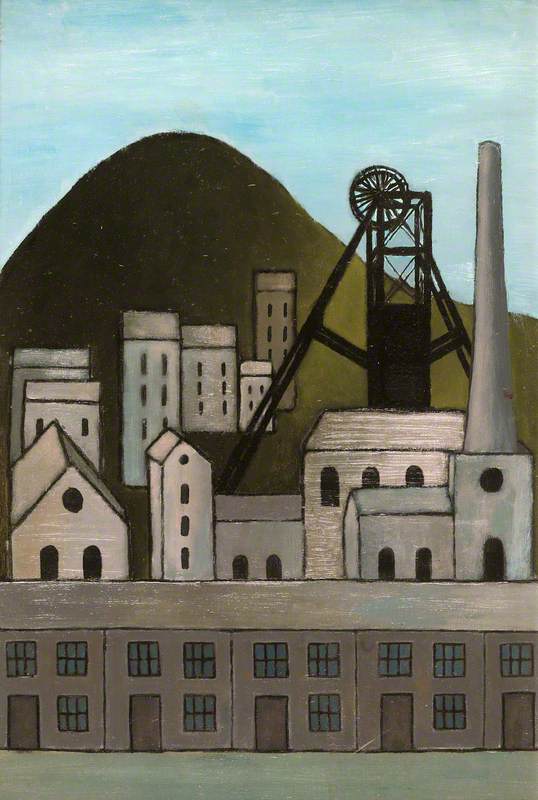
© the artist's estate. Image credit: Llyfrgell Genedlaethol Cymru / The National Library of Wales
Robert Morgan (1921–1994)
Llyfrgell Genedlaethol Cymru / The National Library of WalesHis life buzzed with creativity – from his work to his friendships. Artists and poets were regular guests in the Morgan home, including Ted Walker, Glyn Jones, Leslie Norris, John Elwyn and Sandy Cunningham, amongst others. Morgan's daughters recall an occasion where Poet Laureate Ted Hughes paid a visit and fell into a neighbour's garden after a few too many drinks with their dad at the local pub. The Morgans cultivated a creative environment for their family and, though he was known to be orderly in the way he kept his studio, Morgan always allowed his daughters freedom to explore.
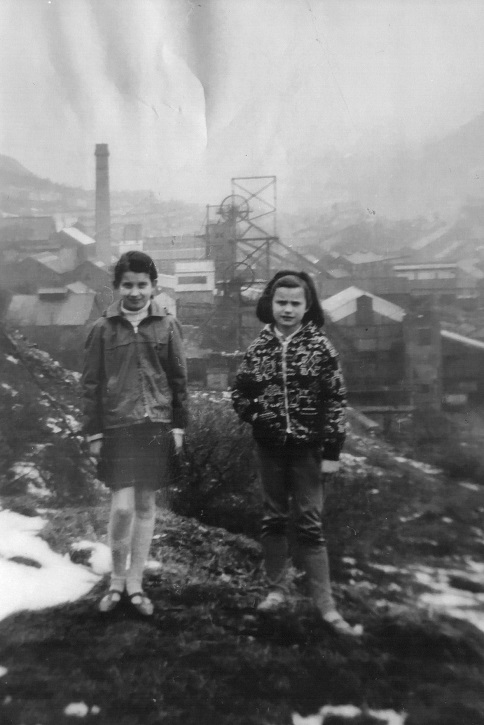
Image credit: courtesy of Allison Macklin
Sisters Allison Macklin and Marion Evans, daughters of Robert Morgan, at a coal mine in Penrhceiwber
'Our father had an upstairs studio filled with many interesting things, which we loved to play with. He would let us use his Stanley knife without our mother's knowledge to cut paper and cardboard,' says Macklin. She and her sister have vivid memories of his painting-lined studio walls and the sound of clicking typewriter keys as he wrote into the night. 'He loved the view from his studio and wrote a poem about the large oak tree he could see from the window.'
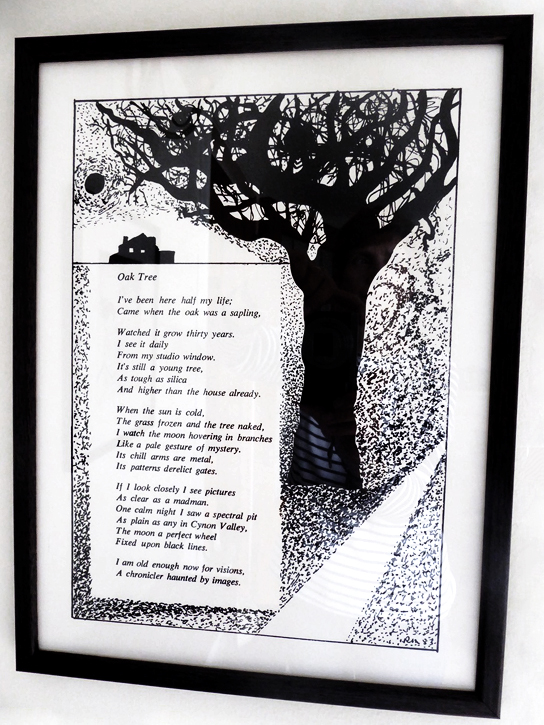
© the artist's estate. Image credit: courtesy of Allison Macklin
An illustrated poem by Robert Morgan (1921–1994)
As his skills developed, his style shifted to more geometric and abstracted forms. The stark black mining structures that were once secondary shapes in his scenes were given a minimalist treatment and made more central. He intertwined structures to create dynamic cityscapes wherein buildings teetered on top of each other and meshed into one. Indeed, the colour black and contrasts between light and dark appear to be recurring themes of his visual and written work. His writing includes titles such as The Night's Prison, Voices in the Dark and My Lamp Still Burns. He also appears to use his poetry and drawings to contend with lingering thoughts surrounding his twelve-year stint in the mines.
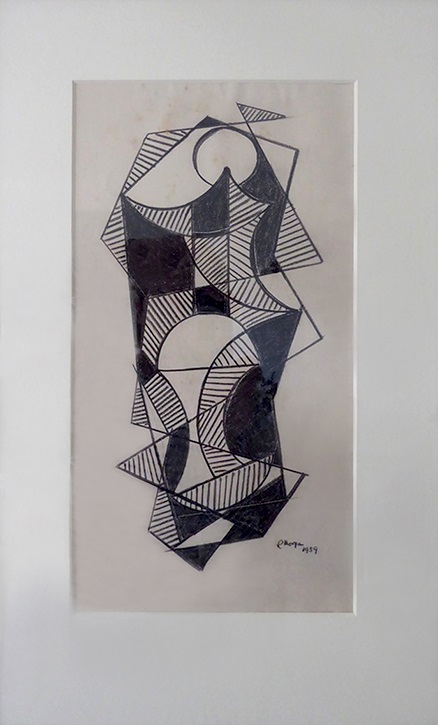
© the artist's estate. Image credit: courtesy of Allison Macklin
Artwork by Robert Morgan (1921–1994)
'I know there are bright places
Under the brow of the hill slag
But it was in the shadows I
Wandered where the truth was thickest.' – 'Shadows' by Robert Morgan

© the artist's estate. Image credit: courtesy of Allison Macklin
Artwork by Robert Morgan (1921–1994)
In 1969, he returned to school to earn a Diploma in Special Education from the University of Southampton. He worked with children as a specialist in this area until he retired in 1980, at which point he dedicated the latter part of his life to pursuing his creative interests. During this phase, Morgan's work takes on more colour and any hints of a cityscape recede to allow the bold palette to shine.
Ferren Gipson, Social Media Marketer at Art UK
